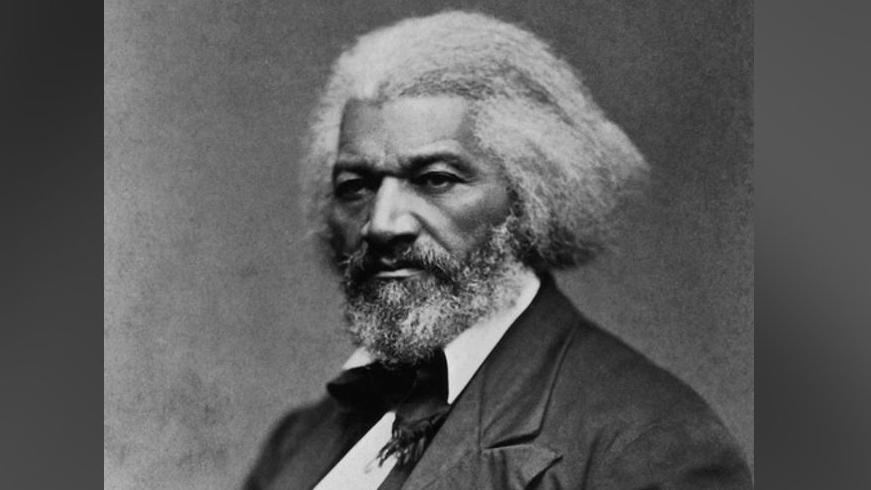No home for fundraised slavery sculpture
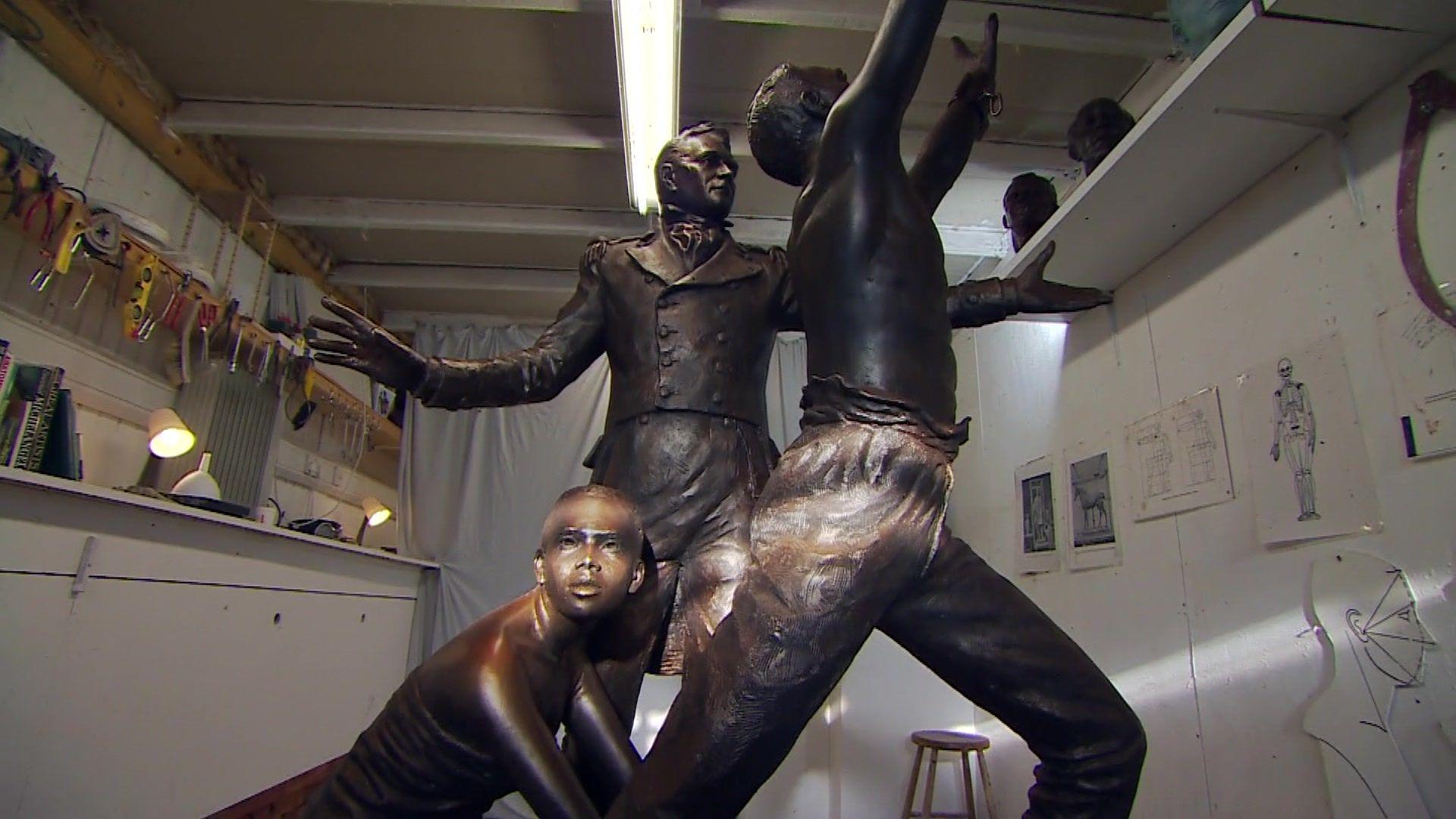
The sculpture shows three figures – a shackled female slave, an officer from the West Africa Squadron and a freed slave
- Published
A statue celebrating members of the Royal Navy who helped to end the Atlantic slave trade is yet to find a home.
Colin Kemp, from Portsmouth, has fundraised nearly £70,000 for the memorial to the West Africa Squadron.
He has offered the work to Portsmouth City Council, Gunwharf Quays, and the city's naval dockyard but none have been able to accept the sculpture.
Mr Kemp said the authorities' decision to reject the memorial was "very disappointing".
Following the abolition of the British slave trade in 1807, a Royal Navy squadron was stationed off the West African coast to intercept and capture slaving vessels of other nations.
The West Africa Squadron, which operated between 1808 and 1860, is believed to have seized approximately 1,600 ships involved in the slave trade and freed 150,000 Africans who were aboard.
Mr Kemp said more than 1,200 individual donors had given between £1 and £1,000.
"I think the finished piece is brilliant, it tells the story, which is what we wanted to do," he said.
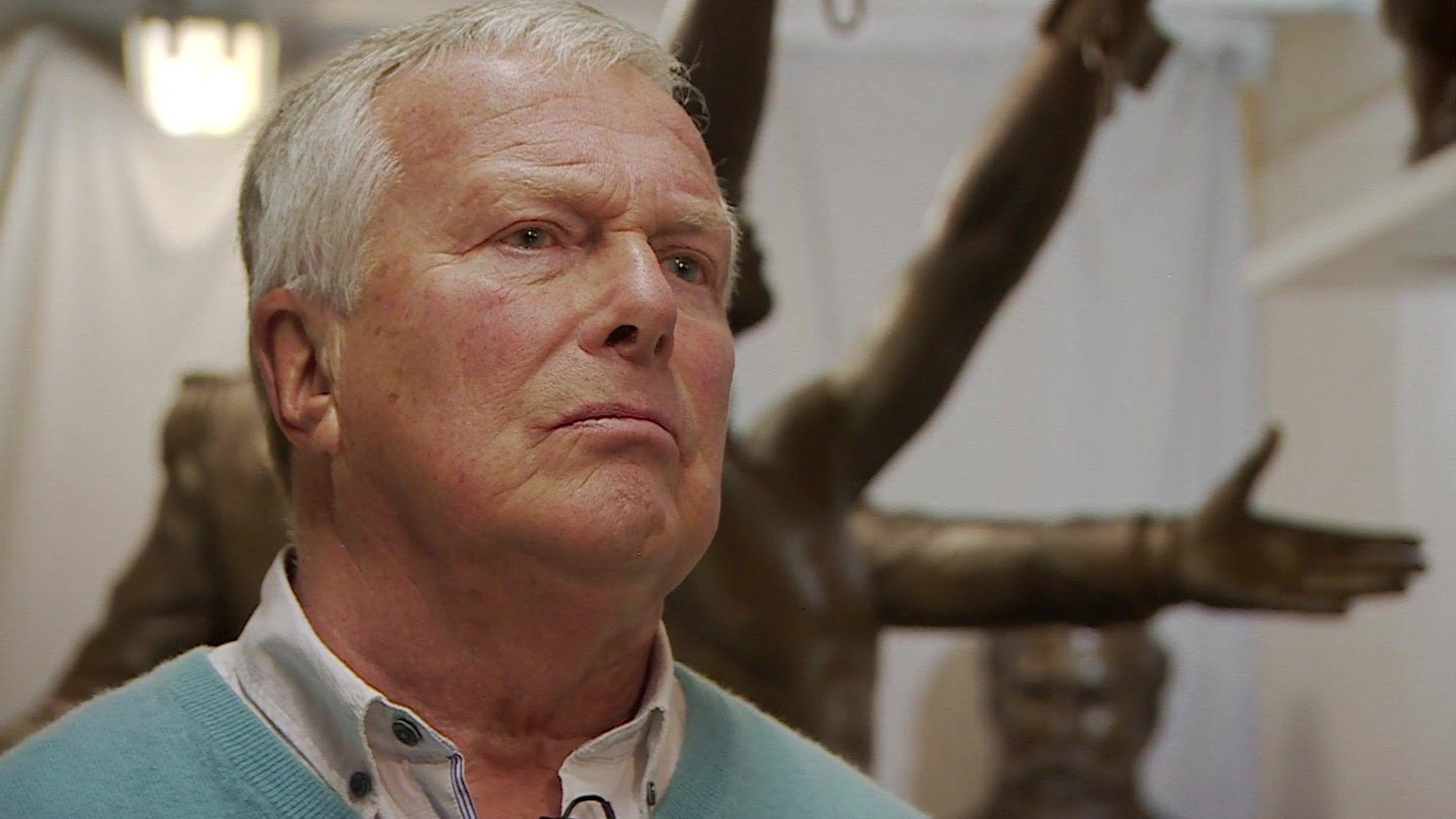
Colin Kemp has fundraised nearly £70,000 for the memorial
"We did actually have a site for it in Gunwharf Quays which was ideal because it's actually where the squadron was based," Mr Kemp said.
"We had many meetings with the centre management style and staff there and just prior to our architect coming to finalise the planning permission.
"The corporate headquarters changed their mind and said we could not place the memorial there."
Mr Kemp said Gunwharf Quays' decision was "very frustrating" and he feels the outcome "let's the people of Portsmouth down".
Portsmouth City Council said: "We have not received a formal proposal to host this statue.
"Due to the historic nature of Portsmouth we have a very large number of monuments across the city, including many for the Royal Navy, as a result popular locations have reached saturation point where we are no longer able to consider new statues."
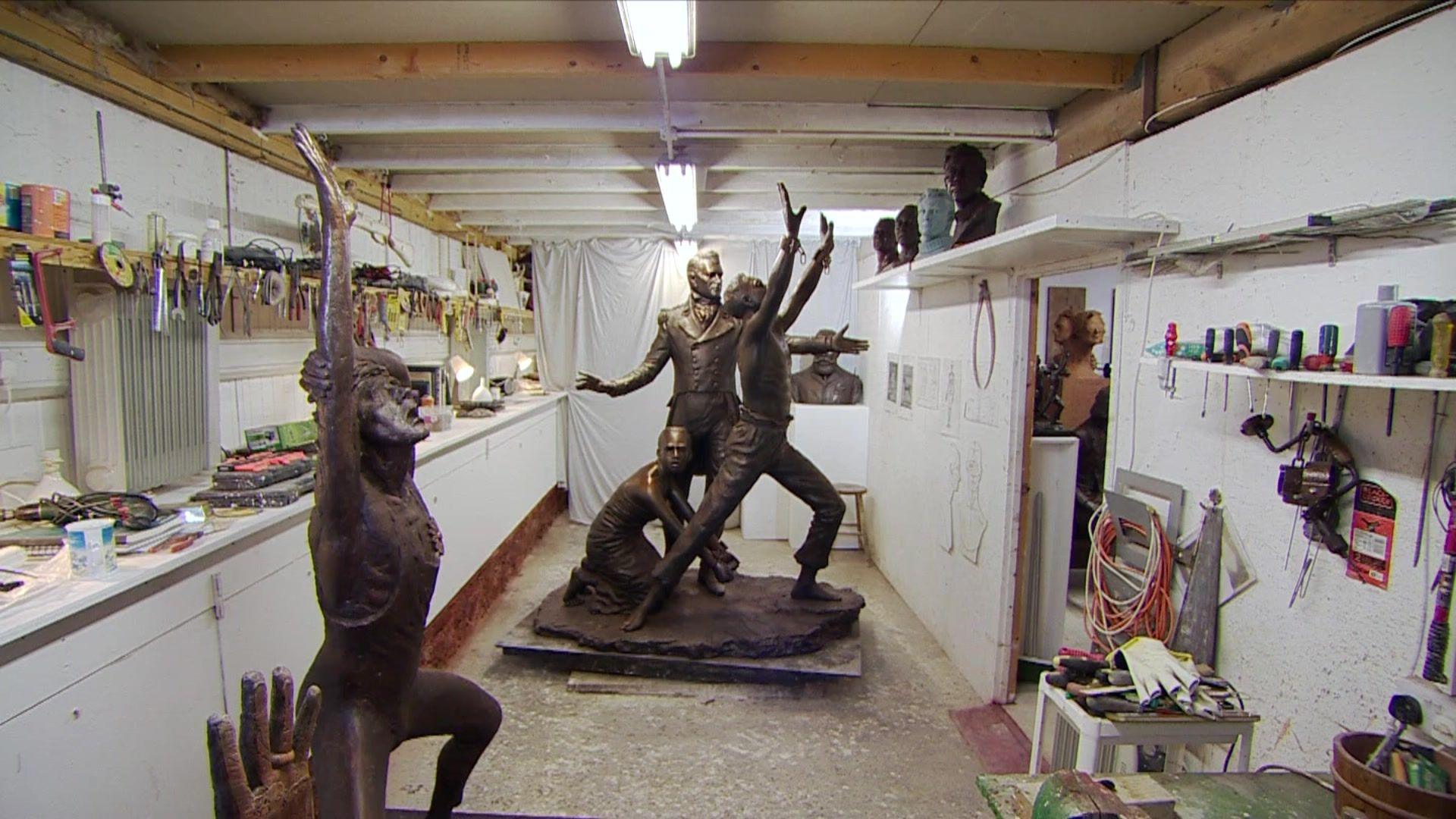
The work has been offered to Portsmouth City Council, Gunwharf Quays and the naval dockyard
Hannah Prowse, CEO of Portsmouth Historic Quarter, and Matthew Sheldon, CEO of the National Museum of the Royal Navy, said they were approached about the sculpture in March and said they did not think the Dockyard was a suitable location for the project.
A joint statement they said: "Portsmouth Historic Quarter and the National Museum of the Royal Navy are ferociously committed to the recognising the service of Royal Navy sailors throughout history.
"However, we do so through our programmes of exhibitions, publications and events, which enable us to explore the complexities of those stories and to engage audiences by sharing multiple perspectives and wider context.
"Unfortunately a statue simply isn't able to do this, and through its commemoration of some, it also neglects the story of thousands of others who lost their lives during this time."
A spokesperson for Gunwharf Quays said: "Following consultations with the fund organisers and our teams internally, we concluded that our centre was not the right location for this memorial in its current design."
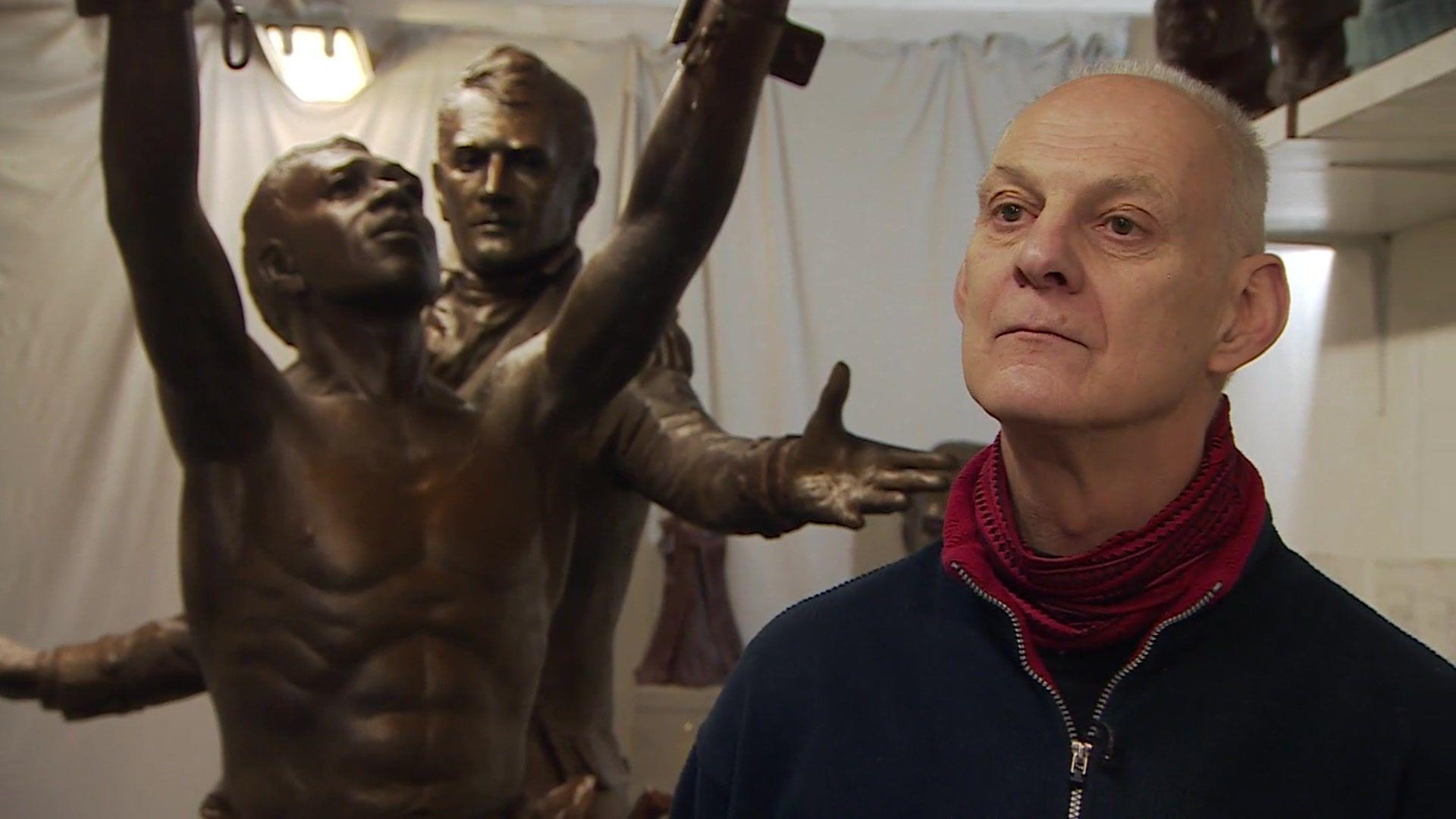
Sculptor Vincent Gray said he hoped the work will help to educate people
Sculptor Vincent Gray designed the piece, which shows three figures – a shackled female slave, an officer from the West Africa Squadron and a freed slave.
Mr Gray said he hoped the work, which will come with a QR code linking to an informative website, would help to educate people on the topic.
"It's an area of history that's not been told and in all fairness it needs to be," he said.
Get in touch
Do you have a story BBC Hampshire & Isle of Wight should cover?
You can follow BBC Hampshire & Isle of Wight on Facebook, external, X (Twitter), external, or Instagram, external.
Related topics
More on slavery
- Published2 October 2024
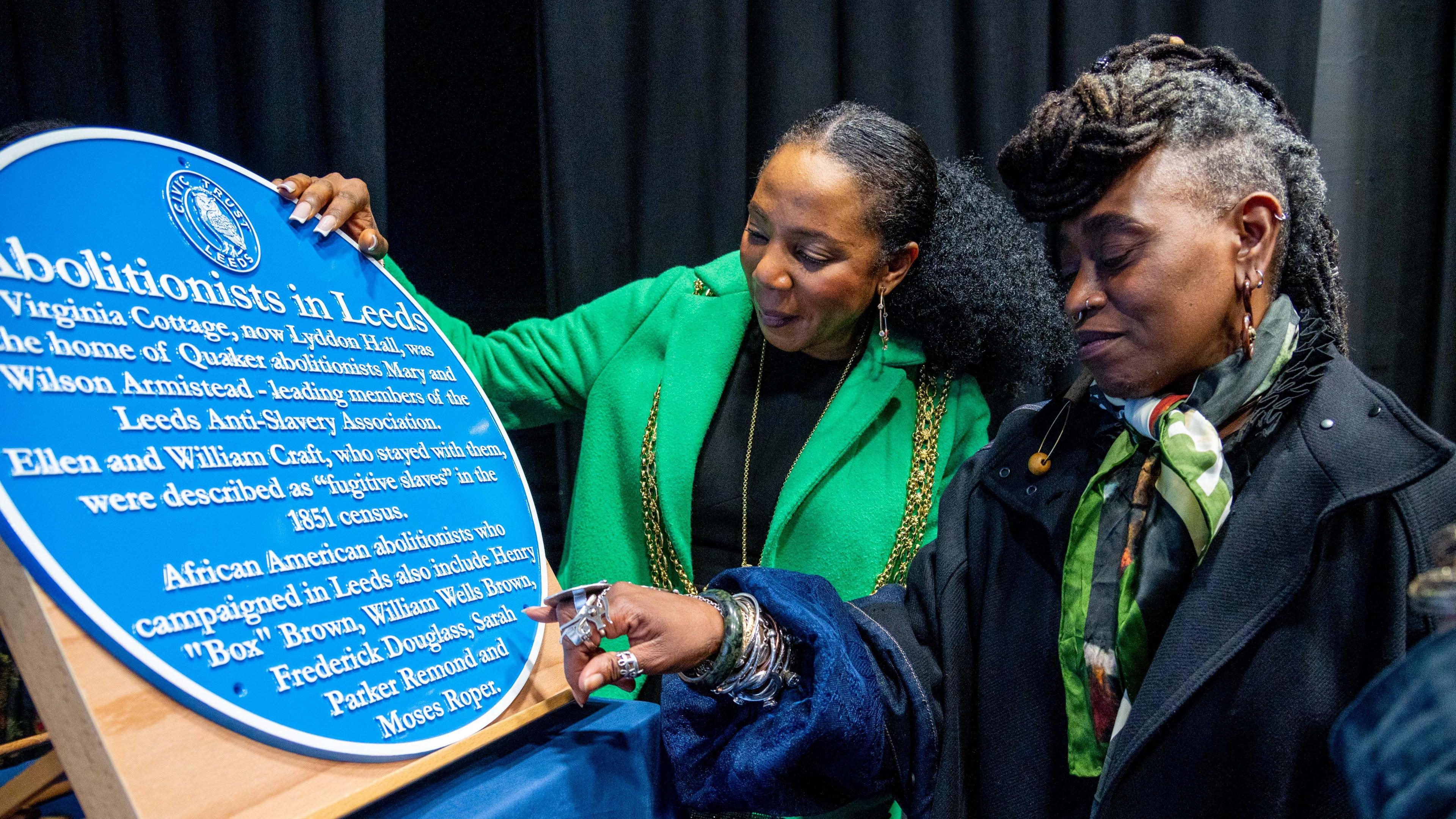
- Published5 October 2024
